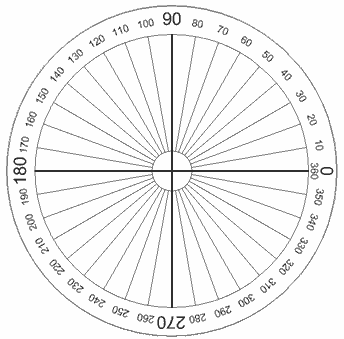Ok so I am starting to get more into the theory of long range shooting or ballistics in general and after a bit of reading and I learned something new today:
Along with this picture:
From this pic the resulting force of the wind path and the flight path should in my understanding point to the left.
All other sites just mention that the bullet turns into the wind, but I have not found the "why" yet. Is this something that just happens - no questiosn asked - or am I missing the crucial detail so this makes sense? Is it precession acting against the wind that causes the momentum? Or is because the center of gravity of the projectile is further in the front and the wind forces have more leverage on the back that cause the projectile to turn? Any help?
Wind deflection, or drift as we usually refer to it, does not occur from wind blowing on the side of the bullet. It is caused by the bullet aligning itself to the relative wind vector. Basically, like a wind vane on a roof or windmill, the bullet will align itself with the prevalent wind.
Along with this picture:
From this pic the resulting force of the wind path and the flight path should in my understanding point to the left.
All other sites just mention that the bullet turns into the wind, but I have not found the "why" yet. Is this something that just happens - no questiosn asked - or am I missing the crucial detail so this makes sense? Is it precession acting against the wind that causes the momentum? Or is because the center of gravity of the projectile is further in the front and the wind forces have more leverage on the back that cause the projectile to turn? Any help?



